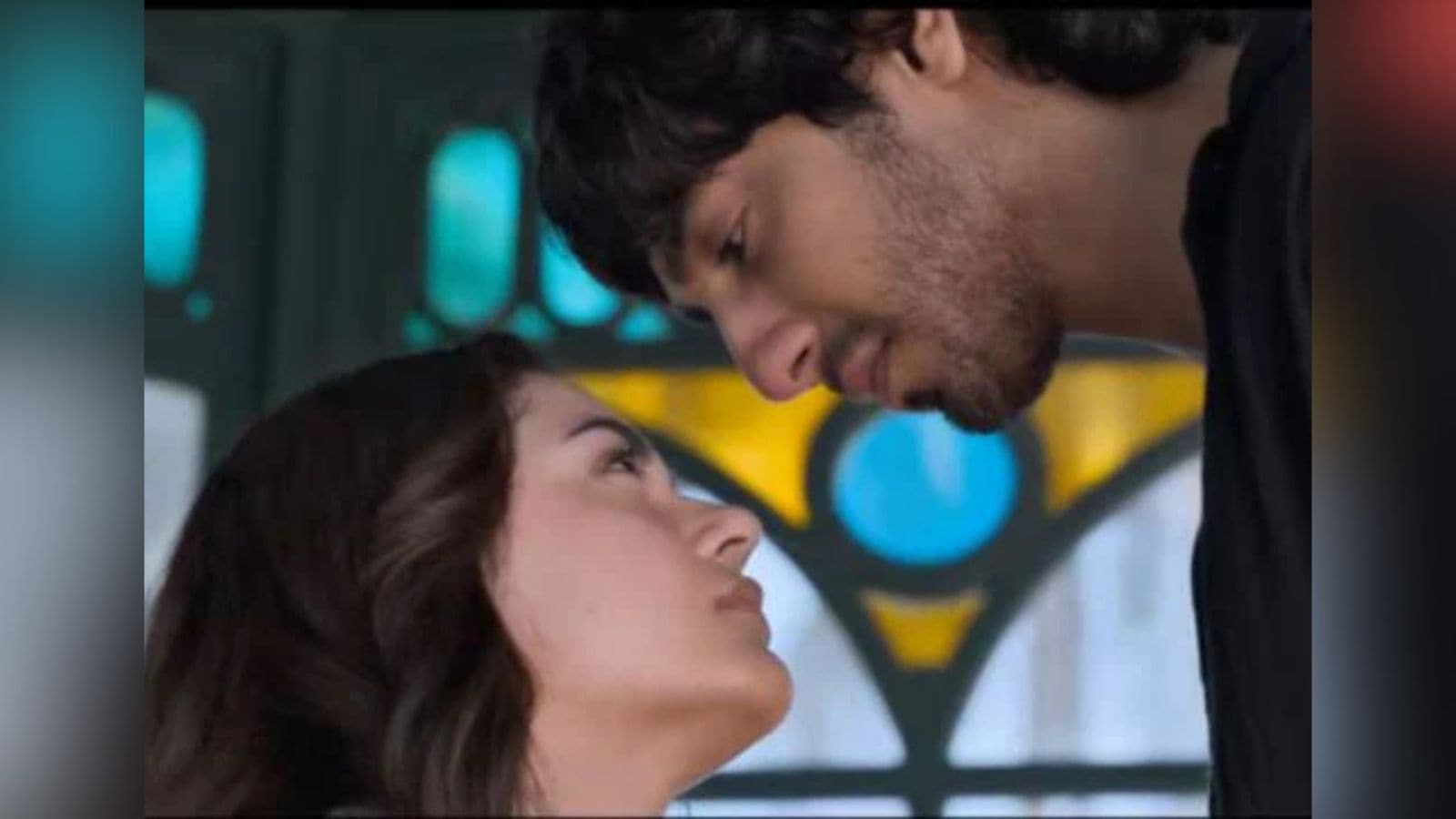 |
|
The film 'Saiyaara', despite its box office success and claim to reviving romance, suffers from several shortcomings. Its plot hinges on a 22-year-old writer grappling with Alzheimer's disease, a scenario considered extremely rare by neurologists. Furthermore, the film's portrayal of Alzheimer's is criticized for being melodramatic and inaccurate, presenting it as a broad set of dissociative disorders. This requires a significant suspension of disbelief from the audience, a common practice in Indian cinema where emotional resonance and music often take precedence over realism. However, 'Saiyaara' falters even in these aspects, with critics noting the one-dimensional emotions and derivative, unremarkable music. Despite these flaws, the film has resonated with audiences, evidenced by theater reactions, social media praise, and increasing ticket sales, particularly notable given the lead roles are played by newcomers Aneet Padda and Ahaan Pandey. The question then arises, what accounts for 'Saiyaara's' unexpected appeal?
The answer, perhaps, lies in the simple act of watching romance unfold on the big screen, embodied by two charismatic young actors. Indian audiences have a long-standing affinity for romantic narratives, spanning decades of cinematic history. From the classics of Raj Kapoor and Nargis in the 1950s to K Balachander's tragic 'Maro Charitra' in 1978, Yash Chopra's 'Chandni' in the 1980s, and the defining romances of the 1990s like 'Dilwale Dulhania Le Jayenge,' 'Roja,' and 'Bombay,' romance has consistently captivated viewers. The early 2000s continued this trend with films like 'Alaipayuthey' and 'Veer Zaara.' The 2010s built upon this foundation, but with a greater focus on social commentary. Films like Nagraj Manjule's 'Sairaat' and Pa Ranjith's 'Pariyerum Perumal' used romance to expose the harsh realities of caste discrimination, offering a more nuanced and critical perspective. This highlights that romantic films often serve as more than just entertainment; they represent aspiration, escape, and the desire for agency and freedom. They also contribute to the evolving definition of masculinity, as explored in Shrayana Bhattacharya's 'Desperately Seeking Shah Rukh: India’s Lonely Young Women and the Search for Intimacy and Independence.' Therefore, romantic films are inherently tied to societal context, expectations, and desires.
However, around 2014-2015, a significant shift occurred in Indian cinema. The success of 'Baahubali,' an epic period fantasy action film, ushered in an era dominated by action-oriented movies. This transition saw action gradually devolve into excessive and often meaningless violence, with subsequent big-budget films focusing on spectacle and gore. As a result, female characters became increasingly marginalized, and the focus shifted towards a distribution model prioritizing large-scale productions with elaborate chase sequences, quick cuts, and a reliance on big stars wielding 'big guns' (both literal and metaphorical). This change coincided with the rise of the 'attention economy,' a concept popularized by Herbert Simon, describing the competition for limited human attention. In this contemporary landscape, characterized by over-stimulation, confusion, and global crises, attention has become an increasingly valuable commodity. Writer Kyla Scanlon argues that attention has shifted from supporting value creation to being the primary form of value creation itself. This theoretical detour illustrates that films are no longer the sole or even primary source of entertainment or intellectual engagement. They compete with a multitude of digital distractions, including YouTube videos, Reels, images, and tweets. This means the film industry increasingly views films as distribution vehicles, prioritizing the largest reach, the widest audience, and the safest, most formulaic templates.
The recent decision by Eros Now to use AI to alter the ending of its 2013 film 'Raanjhanaa,' allowing the hero who originally dies to live, exemplifies this trend. Director Aanand L Rai views this alteration as a betrayal of his artistic vision, but Eros' motivation stems from the desire to capitalize on the attention generated by AI and cater to audience expectations. This illustrates how scarcity of attention leads companies to employ powerful technologies, even if they compromise artistic integrity. In this context, 'Saiyaara's' unwavering commitment to melodramatic romance, despite its imperfections, feels refreshing. It stands out as a film devoid of fight scenes, hero-entry shots, and jingoistic messaging. It is simply a story about a girl losing her memory and a boy's efforts to help her remember. Perhaps this is precisely what audiences crave amidst the chaos and overwhelming stimuli of the modern world. 'Saiyaara's' success can be attributed to its uncomplicated emotional core, providing a sense of comfort and escapism in a world saturated with complexity and violence. It offers a nostalgic return to classic romantic storytelling, appealing to a yearning for genuine connection and emotional depth in a culture increasingly defined by fleeting attention and superficial spectacle.
Source: Saiyaara is flawed. But it’s old-fashioned romance is what we need
